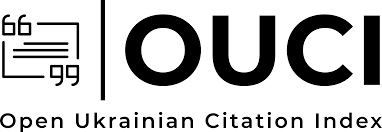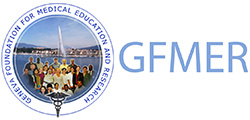The Frequency of Immunofluorescence Antinuclear Antibody and Patterns in Autoimmune Diseases in Benghazi City
DOI:
https://doi.org/10.54361/ajmas.2583467Keywords:
Antinuclear Antibodies (ANA), Autoimmune Diseases, Prevalence, Immunofluorescence Patterns, Libya, Benghazi.Abstract
Autoimmune diseases, characterized by a loss of immune self-tolerance, represent a significant and growing global health burden. The detection of Antinuclear Antibodies (ANA) serves as a crucial serological hallmark for diagnosing systemic autoimmune rheumatic diseases. However, epidemiological data on ANA prevalence and patterns remain limited in many regions, including Libya. This study aimed to determine the seroprevalence, patterns, and titers of ANA in a population from Benghazi, Libya, and to investigate their association with demographic characteristics. A retrospective cross-sectional study was conducted on 775 serum samples referred for ANA testing at Al Saleem Laboratory between January and May 2024. ANA detection and pattern analysis were performed using indirect immunofluorescence (IIF) on HEp-2 cells. The study population had a mean age of 40.93 ± 15.885 years and was predominantly female (81.5%). The overall ANA positivity rate was 30% (233/775). A significant female predominance was observed among positive cases (85.8%), yielding a female-to-male ratio of 6:1. The highest ANA positivity was found in individuals over 40 years (54.1%). The homogeneous pattern was most frequent (45.5%), followed by speckled (27.0%), nucleolar (12.9%), cytoplasmic (6.9%), peripheral (4.7%), and centromere (3.0%). Low titers (1:160) were most common (42.5%), with no statistically significant difference in titer distribution by gender (p=0.279). This study establishes a high prevalence of ANA positivity in the Benghazi population, with distinct demographic and serological patterns. The findings align with global trends of female predominance and middle-age onset, while providing foundational data for the Libyan population. These results underscore the importance of ANA testing and appropriate interpretation in clinical practice and highlight the need for expanded autoimmune disease surveillance in the region.
Downloads
Published
How to Cite
Issue
Section
License
Copyright (c) 2025 Fatima Bouushebah, Butheina El Glali, Fatma Najem, Intisar Omran, Mabrouka Elkadiki, Souaad Bennour, Eman Alhardode

This work is licensed under a Creative Commons Attribution 4.0 International License.














